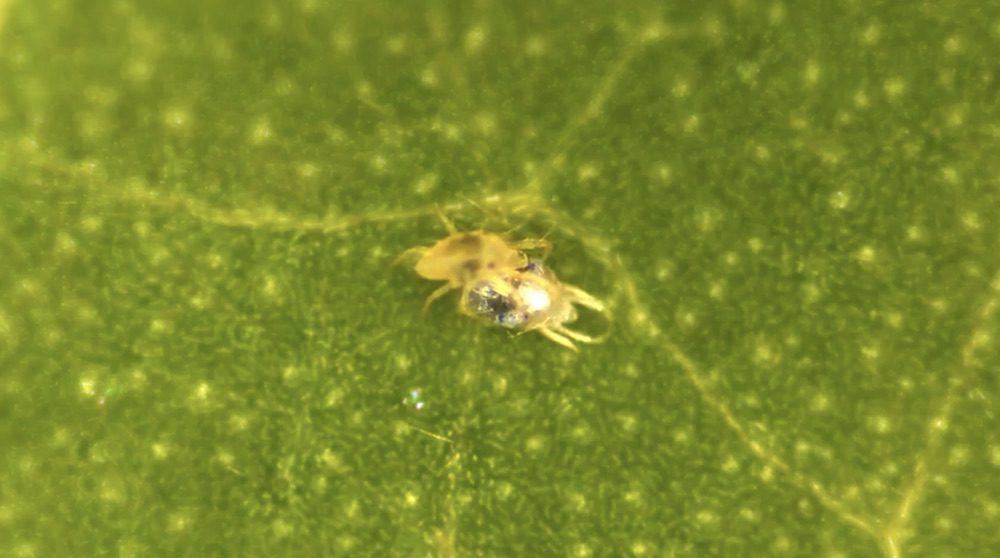Spider Undressing for Speedy Mating: In the animal kingdom, the race to find a potential mate as quickly as possible is crucial for passing on genes. A recent study published in the journal IScience reveals an extreme example of this behavior among male spider mites. These tiny arachnids, distant cousins of spiders, employ a unique strategy to ensure they are first in line to mate: they strip the molting skin off newly mature females.
Spider mites, smaller than the tip of a standard ballpoint pen, live in dense colonies and feed on plants by piercing their tissues and extracting the juices. Within these crowded communities, competition for mates is fierce. Female spider mites only utilize the sperm from the first male they mate with and store it in a specialized internal pouch to fertilize their eggs throughout their lives.
The Stakes for Male Spider Mites
To secure their genetic legacy, male spider mites have developed various strategies to enhance their chances of being the first mate. Some males guard females that are nearing maturity, ensuring they are ready to mate as soon as the females shed their old skin and become adults. Other males, referred to as “sneakers,” employ a stealthy approach, lying in wait for the opportune moment to strike.
Unveiling the Undressing Behavior
The recent study conducted by Dr. Peter Schausberger, a principal investigator of arthropod behavioral ecology, and his colleagues, focused on the mating behavior of spider mites. While reviewing video footage taken via a digital microscope, the researchers made an intriguing observation. They found that the guarding male becomes highly active, pulling and stripping the skin of the female, particularly the hind parts, to gain access to the genital opening for mating. In some cases, copulation occurs even while the female is partially covered, leaving no time for a complete undressing.
Despite the seemingly brutal nature of this behavior, it does not harm the female spider mites. The skin that the males strip off is already dead and would naturally come off during the molting process. In fact, the researchers discovered that when males assisted females in removing their old skin, the molting process accelerated, maximizing the males’ chances of being the first mate. Even a few minutes can make a significant difference in ensuring the guarding male’s investment is not lost to a competitor.
Also Read: Mississippi Delta Ruinous Tornado
Potential Application to Other Species
While this study focused on the Tetranychus urticae species of spider mites, Dr. Schausberger believes that this undressing behavior is likely applicable to other species as well. The guarding behavior observed in different mite species suggests a shared pressure to be the first mating partner, which can be highly stressful when the female emerges.
Expert Perspective
Dr. Yukie Sato, an assistant professor at the University of Tsukuba in Japan, who was not involved in the study, commended the research’s experimental design. The findings provide compelling evidence that male spider mites effectively assist females in molting and shorten the time required for the process.
Conclusion of Spider Undressing for Speedy Mating
Although spider mites are often considered pests by farmers and gardeners due to their plant-eating habits, they serve as valuable model organisms for biologists. Their ease of rearing in laboratory settings allows researchers to study their behavior and genetics extensively. In the future, this newfound understanding of male spider mite behavior could potentially be exploited in developing more specific pest management strategies.
In conclusion, the fascinating behavior of male spider mites undressing females to ensure speedy mating showcases the intricate strategies employed in the animal kingdom. Understanding these dynamics not only sheds light on the evolutionary adaptations of species but also opens doors for further research into the complex world of mating competition.
Also Read: Exploring the Growing Trend

